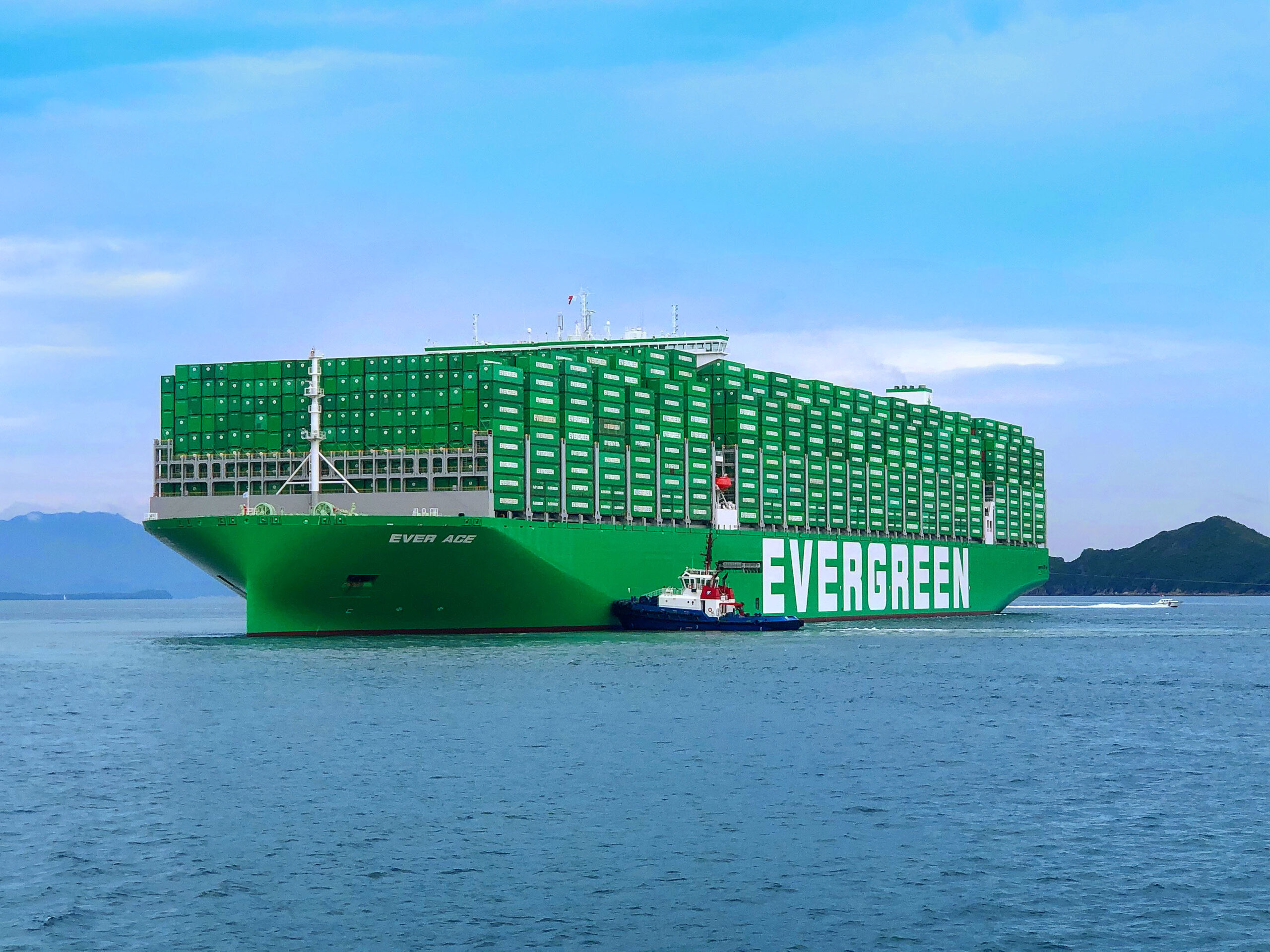Looking back at history, we can see that containerisation has been crucial for the development of the global trade. Standardised containers made it possible to ship increasing volumes of goods around the globe in a cost effective way. The demand for containerised transports is still increasing. Let me tell you about five trends that are pointing towards more containerisation.
1. Global trade patterns and new challenges for China
The growing significance of containerisation is a reflection of the changes that have occurred over time in the international organisation set up of manufacturing and production. For more than a decade China has been increasingly dominant as the world’s largest producer of manufactured goods due to its low labor cost. Even if China today faces new challenges as wages and other factor costs rise and there are signs that production of some goods is about to shift back from China to Europe and the USA, the growth of their annual GDP is still the motor of container business. But certainly containerised transports facilitate changing global trade patterns.
2. Industries are adapting to containerisation
Looking at the segments of the paper industry, a lot of the cargo is already shipped in containers. What happened is that the paper industry adapted their cargo to the container shipping method by adjusting the size of paper rolls to fit the containers. The industry was taking advantage of the containerisation by fully utilising the capacity of the containers, which in turn contributed to an economic transport solution (besides greatly reduced risk of damage to the paper, and other benefits). We can actually see a pattern where industries have been adapting to containerisation over time instead of the opposite, and it seems to be an ongoing trend.
3. Tug of war between containers and roro
Roro ships have come to dominate short sea routes because of their flexibility and speed. But this segment has a number of drawbacks. The roro ships are relatively old, expensive to operate and there’s also the geographical coverage. Roro transportation does have global routes, but it’s still not as comprehensive as container shipping. In addition it’s a market that’s dominated by a smaller number of carriers, resulting in a less competitive environment and eventually higher rates for shippers. In a tug of war between container and roro, container shipping will probably win, as the container ships are much more flexible and growingly cost effective.
4. Gained ground from general cargo and break bulk
Containerised shipment has increased due to world trade growth, but also compared to other shipping segments. It’s primarily from general cargo that containerised shipment has been, and is still gaining ground and it’s believed that, in ten years of time, about 90 percent of the general cargo segment will be shipped in containers. This will include forest products, steel, automotive, chemicals, food and so on. From certain areas we can also see a cautious shift where break bulk cargo such as malt, fertilisers and peat moss are put in containers. In addition, it’s likely that new container segment like waste and scrap will become more important, as the environmental awareness is growing stronger.
5. Further potential for containerisation of timber
The pricing for break bulk cargo is strongly linked to the distance. This is not the case for liner shipping (containers) which is priced by different parameters such as container availability and supply and demand.
To the Far and Middle East the majority of timber are now days shipped by containers instead of break bulk. This was mainly a result of increased fuel prices some decades ago, which affected the break bulk carriers negatively, speeding up the markets transition from break bulk to container set up. Both buyer and seller became aware of the advantages with containers and adapted their business accordingly. When such a shift has once occurred it is not likely to shift back.
In opposite to the Far and Middle East the same shift has not yet occurred in North Africa, although it’s likely to happen. At the moment, bulk shippers can book quite small volumes of cargo from specialised timber ports in the Baltic Sea to North Africa on a regular basis. In addition receivers at destination are still lacking the facilities to receive containers.
It will be interesting to follow the development concerning North Africa. Perhaps the new SECA rules, which come into force next year, will accelerate a shift from break bulk to containers due to increased fuel prices. This means that there’s a huge potential for further containerisation to this region.
So, what does the future hold when it comes to containerisation?
Almost certainly, the structural changes that container shipping is undergoing, will provide large economies of scale and the demand and supply ratio will continue to put pressure on container freight rates. This will increase the attractiveness of container shipping!
What do you think? Feel free to comment and share this blog article in social media. Join us on Facebook and Twitter to get more updates from the logistics and transport industry and be the first to read our new blog articles!
/Anna Tarangers, Greencarrier Liner Agency





